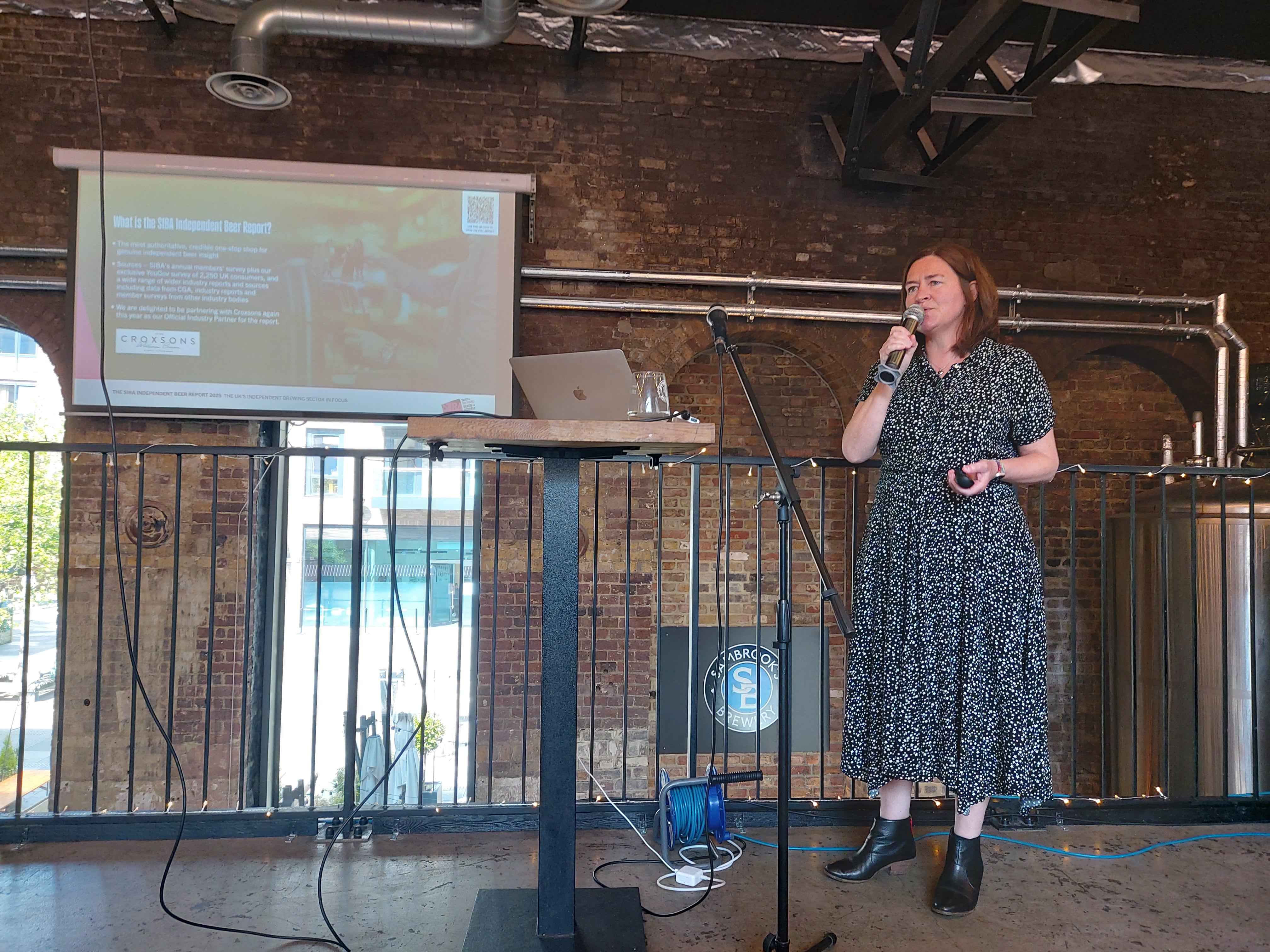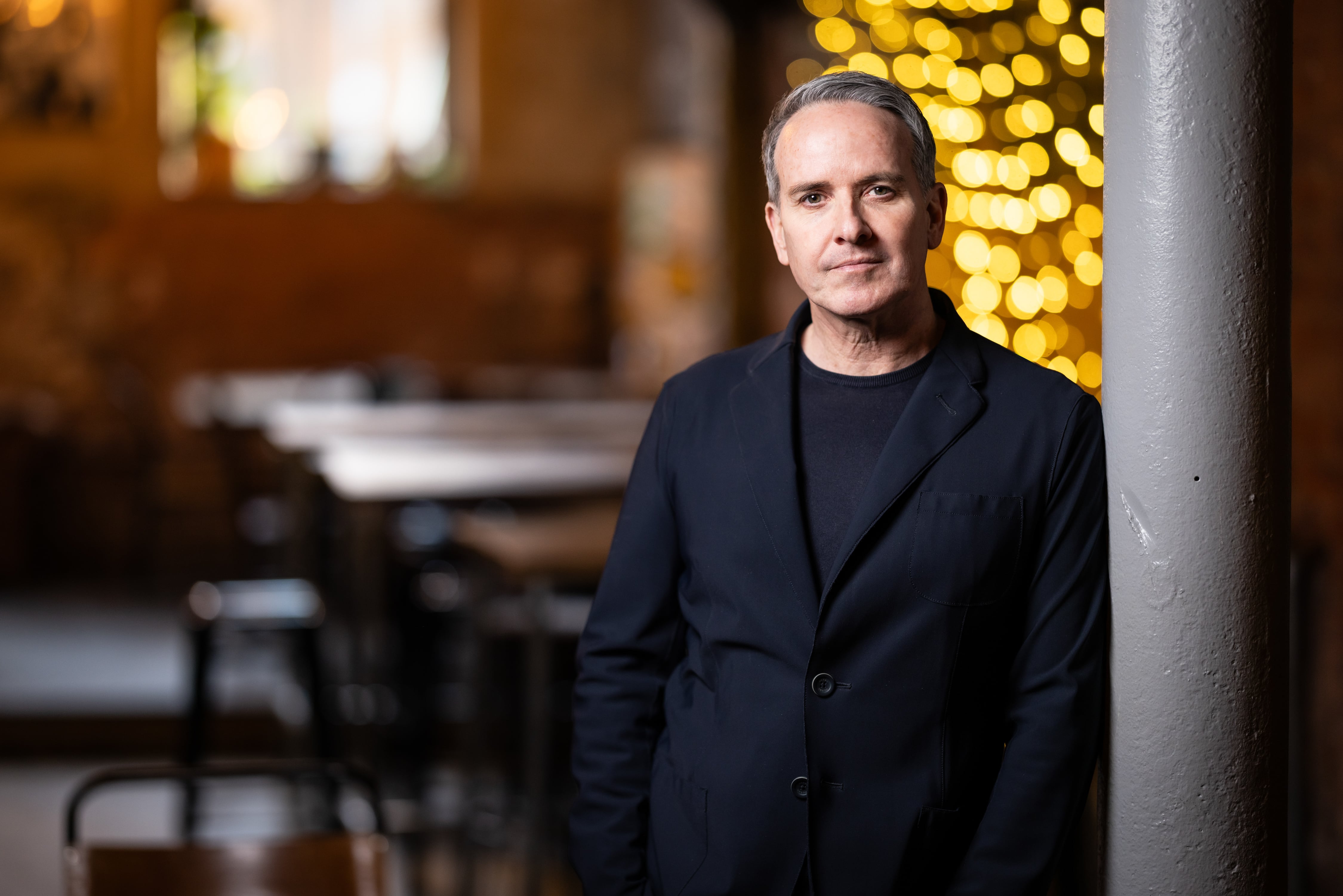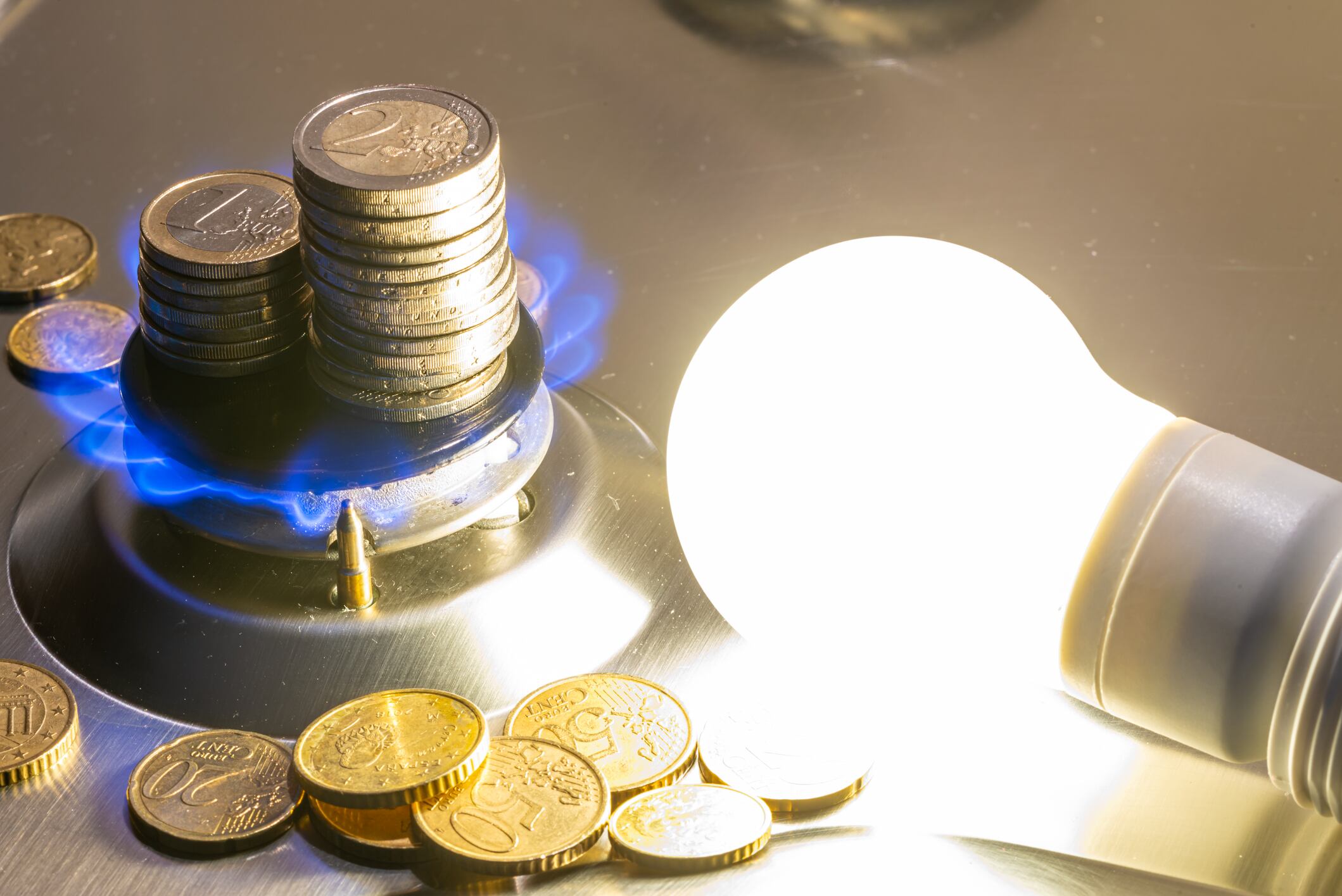Launching the event at Sambrook’s Brewery Taproom in Wandsworth, south London, SIBA CEO Andy Slee opened the morning briefing with SIBA Independent Beer Report author Caroline Nodder revealing some of the statistical findings.
Slee said: “SIBA’s position is really clear. We believe independent brewing is underrepresented in the UK beer market and we know that from a sales perspective. When independent beers are alongside global beers, they get between 25% and 30% of the total beer market yet we only have 6% share. Our aspiration is to grow the share of independent beer.
“There’s a number of areas of concern. For instance, one at a macro level is something that came out of the report that 18 to 24-year-olds are moving away from alcohol in increasing numbers, so over a third now say they don’t drink at.
“We need to really understand what is going on and what they’re doing instead of drinking beer.”
He added demand for what the body’s members does remains strong but making sustainable profits is a challenge and that continues and can be seen in the number of brewers who are still saying survival is the most important thing for them in 2025.

Nodder explained: “As high as 46% of respondents said they are “purely in survival mode” – a figure that was 43% last year while eight of 10 brewers have made no major investment in their business in 2024 with 28% making minor changes such as replacing or upgrading equipment.”
Slee continued: “I’ll repeat a point I made this time last year that, since Covid, we’ve been in a ‘doom loop’ of a downward spiral of saying everything’s grim, we need the Government to do and X number of pubs are going to shut now.
Demand remains really strong
“Times are challenging – no question about it – but the impact of that is if all you do is talk down the sector, people don’t want to come out to the sector and people don’t want to work in it.
“I was talking to somebody recently who’s responsible for lending finance to business and he was telling me one of the reasons they don’t lend to hospitality is because all they hear out of the sector is doom and gloom – and there’s loads of other people that they can lend money to in a much easier way.
“We have to be balanced as a sector and also talk about some of the opportunities because demand for independent beer remains really strong.
“You will have a view about the dominant player in the stout category, for example, so it’s brilliant to see 80% of independent brewers are now brewing stout (or a porter) – that wouldn’t have been the case even a few years ago.
“Similarly, 60% of independent brewers are now brewing a lager – a decade ago that would have been unthinkable. We can do that now with credibility.”
Slee explained the positive aspects he can see currently. “For the first time in 40 years, the Government is having a look at ways in which independent brewers can gain better access to the on-trade. It’s something we’ve talked about as an industry for as long as I’ve been around but for the first time, the Government is actually saying ‘there might be a problem here so let’s have a look at it’ and that gives me optimism.
“The other thing that gives me huge optimism is the Indie Beer campaign. Last week we passed the 90% mark of SIBA members supporting the campaign, which is ahead of where the American Brewers Association were at the same time as their launch and that was regarded as one of the most powerful [campaigns].”
Underlying currents
Nodder went through a host of statistics gleaned from a variety of sources including a SIBA annual members’ survey, an exclusive YouGov survey, CGA data plus data from other trade bodies.
She said: “Average beer production volumes in 2024 went up by 10% and that is a really good figure. That’s a mean average. That’s very positive figure but there are some underlying currents.”
Keg production rose by 6 percentage points (pp) while cask dropped 5pp production while 29% of SIBA brewers expect turnover to have fallen for the tax year to April 2025, a figure that was just 24% last year.
She added: “All direct routes to market have fallen this year.”
Some 26% of SIBA member breweries now own their own pub, which is a 1pp fall from last year.
There’s also been a big rise in non-alcoholic beer, which is understandable as a growing category with 15% producing non-alcoholic beers in 2024 – a 7pp rise from 2023.
58% of SIBA members they have changed the strength of their beers as a result of the changes to the alcohol duty system – though average ABV for SIBA beers has stayed the same in 2024 at 4.3%.
However, the average price SIBA brewers achieved for a keg or firkin of beer fell by 1% while the price for a firkin through pubcos rose by 7% in 2024.
Diversity in terms of non-white people and women in the industry rose in recent years but has “gone backwards” this year.
Positively, 44% have acted in some way to cut their carbon footprint in 2024 and despite falls in sales, particularly in the off-trade, SIBA brewers’ production has continued to rise.





